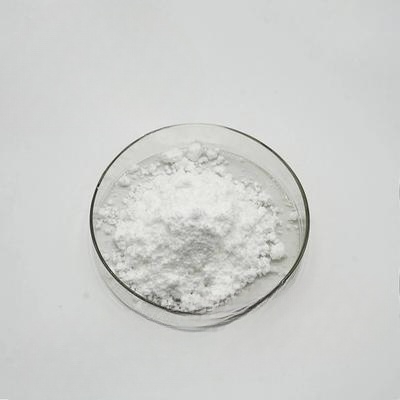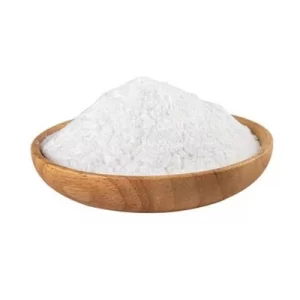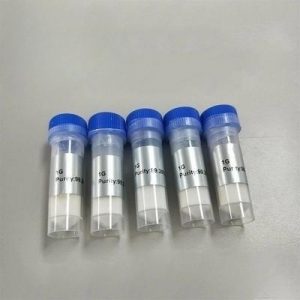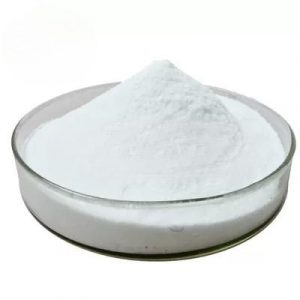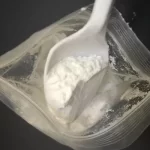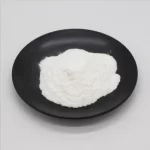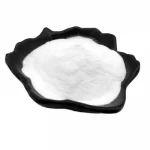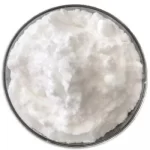Description
Hair Loss Treatment Finasteride Powder CAS 98319-26-7
Description
| Cas: | 98319-26-7 | MF: | C23H36N2O2 |
|---|---|---|---|
| MW: | 372.54 | EINECS No.: | 620-534-3 |
| Boiling Point: | 576.6±50.0 °C(Predicted) | Melting Point: | 253 °C |
| Density: | 1.065±0.06 G/cm3(Predicted) | Color: | White |
| Storage: | Room Temp | Sample: | Available |
| High Light: |
98319-26-7 Finasteride Powder, Hair Loss Treatment Finasteride Powder |
||
Hair Loss Treatment CAS 98319-26-7 Finasteride High Quality Factory Supply Powder
Product introduction
| Product name | Finasteride |
| CAS No. | 98319-26-7 |
| MF | C23H36N2O2 |
| MW | 372.54 |
| EINECS No. | 620-534-3 |
| Density | 1.065±0.06 g/cm3(Predicted) |
| Boiling Point | 576.6±50.0 °C(Predicted) |
| Melting Point | 253 °C |
Description:
Finasteride is an approved medication for the treatment of hair loss in men.
Application Area:
Benign prostatic hyperplasia
Male pattern baldness
Use&function:
Finasteride is a 4-azasteroid that is a specific inhibitor of the intracellular enzyme type II 5a-reductase in the metabolism of testosterone to the more potent dihydrotestosterone. Benign prostatic hyperplasia or benign prostatic hyperplasia depends on the conversion of testosterone to dihydrotestosterone in the prostate. This medicine is very effective in reducing dihydrotestosterone in the blood and prostate. Finasteride has no affinity for androgen receptors.
In the Long-Term Efficacy and Safety Study (PLESS), 3016 patients with moderate-to-severe symptoms of benign prostatic hyperplasia were treated for 4 years for BPH-related urologic procedures (surgical interventions), such as transurethral Prostatectomy and other prostatectomy, or acute urinary retention requiring catheterization were evaluated. In this double-blind, randomized, placebo-controlled, multicenter study, treatment with the drug reduced the overall risk of urologic disposition by 51%, with significant and sustained reduction in prostate volume and sustained maximal urine output Increased flow and improved symptoms.

